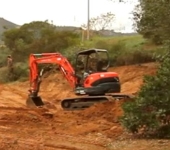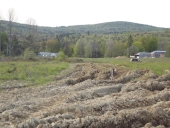
 8
8




Community Building 2.0: ask me about drL, the rotational-mob-grazing format for human interactions.

 7
7




- Tim's Homestead Journal - Purchase a copy of Building a Better World in Your Backyard - Purchase 6 Decks of Permaculture Cards -
- Purchase 12x Decks of Permaculture Cards - Purchase a copy of the SKIP Book - Purchase 12x copies of Building a Better World in your Backyard





 1
1




Community Building 2.0: ask me about drL, the rotational-mob-grazing format for human interactions.





 5
5




Community Building 2.0: ask me about drL, the rotational-mob-grazing format for human interactions.









Community Building 2.0: ask me about drL, the rotational-mob-grazing format for human interactions.





 3
3




Community Building 2.0: ask me about drL, the rotational-mob-grazing format for human interactions.
 5
5




SKIP books, get 'em while they're hot!!! Skills to Inherit Property
See me in a movie building a massive wood staircase:Low Tech Lab Movie

 13
13




For all your Montana Masonry Heater parts (also known as) Rocket Mass heater parts.
Visit me at
dragontechrmh.com Once you go brick you will never go back!
 2
2




John Daley Bendigo, Australia The Enemy of progress is the hope of a perfect plan
Benefits of rainfall collection https://permies.com/t/88043/benefits-rainfall-collection
GOOD DEBT/ BAD DEBT https://permies.com/t/179218/mortgages-good-debt-bad-debt





 3
3




Community Building 2.0: ask me about drL, the rotational-mob-grazing format for human interactions.
 7
7





 6
6




Working toward a permaculture-strong retirement near sunny Sperling.
 8
8




 5
5




 5
5













Community Building 2.0: ask me about drL, the rotational-mob-grazing format for human interactions.





 2
2




Community Building 2.0: ask me about drL, the rotational-mob-grazing format for human interactions.





 2
2




Community Building 2.0: ask me about drL, the rotational-mob-grazing format for human interactions.











 4
4




Working toward a permaculture-strong retirement near sunny Sperling.





 3
3




Community Building 2.0: ask me about drL, the rotational-mob-grazing format for human interactions.
 4
4




 2
2








